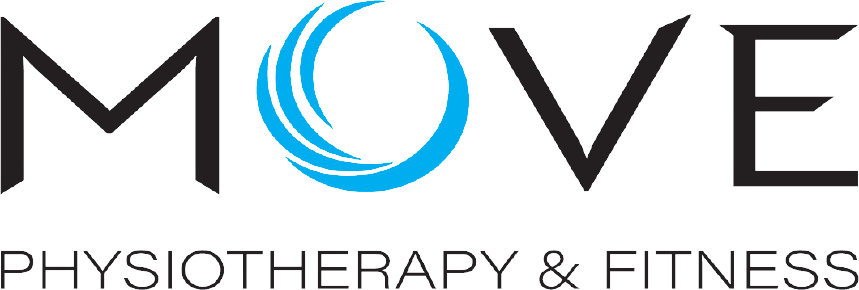- December 3, 2019
- Posted by: Daniel Ryan
- Category: Exercise

High-intensity interval training (HIIT), which involves repeated bouts of high-intensity effort interspersed with short recovery times, has become hugely popular in recent years. As a result, these workouts are found just about everywhere, from your boutique fitness studios to large chain health clubs. At Move Physiotherapy, you can often see the guys over at Blinco Built Personal Training incorporating a bit of HIIT into their Personal Training Group Classes.
The underlying principle of these workouts is nearly always the same: train hard, close to maximal capacity, rest a little, train hard, rest a little, repeat. Here’s what the research says about why HIIT is such an effective workout…
1. Shorter, More Efficient Workouts
HIIT workouts typically last 20-30 minutes and are extremely effective as long as the intensity level is high. From both a psychological and physiological perspective, it is easier to maintain a high level intensity for a brief period of time than it is over a longer period of time, greater than 30 minutes.
2. Improved Cardiorespiratory Function
HIIT challenges the body to perform at the upper end of the aerobic training zone, which is called the second lactate threshold. When training at this end of the aerobic training zone, there is shift from using aerobic metabolism to anaerobic metabolism to produce energy to fuel the activity. Training at this intensity improves cardiorespiratory function during exercise and at rest, and the body shifts from using aerobic metabolism to anaerobic mechanism to produce energy and generate force.
In fact, HIIT training has been shown to benefit just about everyone, from endurance and strength athletes to recreational exercisers. That’s because it’s adaptable, meaning it can be used for aerobic training as well as muscular strength training, or a combination of the two.
3. Higher Metabolic Rate After Exercise
Several studies have demonstrated HIIT’s impressive ability to increase your metabolic rate for hours after exercise.
It is thought that HIIT can increase your metabolism post exercise, more so than jogging and weight training. Another study demonstrated that just two minutes of HIIT in the form of sprints increased post exercise metabolism over 24 hours as much as 30 minutes of running.
4. Reduce Heart Rate and Blood Pressure
A large amount of research indicates that it can reduce heart rate and blood pressure in overweight and obese individuals, who often have high blood pressure.
One study found that eight weeks of HIIT on a stationary bike decreased blood pressure as much as traditional continuous endurance training in adults with high blood pressure. In this study, the endurance training group exercised four days per week for 30 minutes per day, but the HIIT group only exercised three times per week for 20 minutes per day.
Final Messages
Overall, HIIT produces many of the same health benefits as other forms of exercise in a shorter amount of time. So, if you are short on time and want to get active, consider trying high-intensity interval training.
